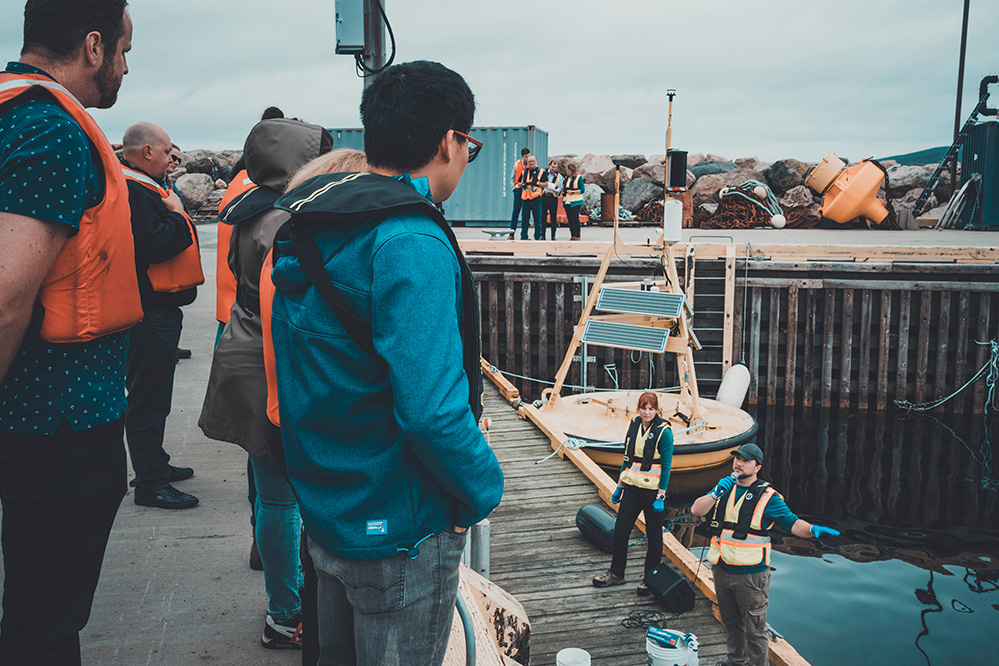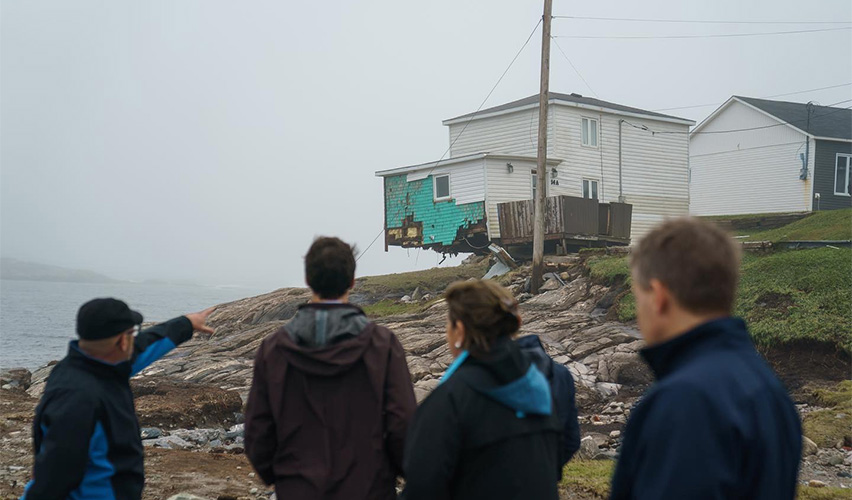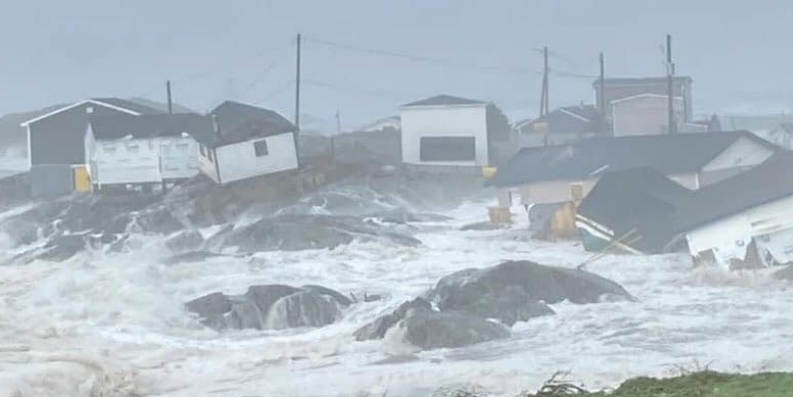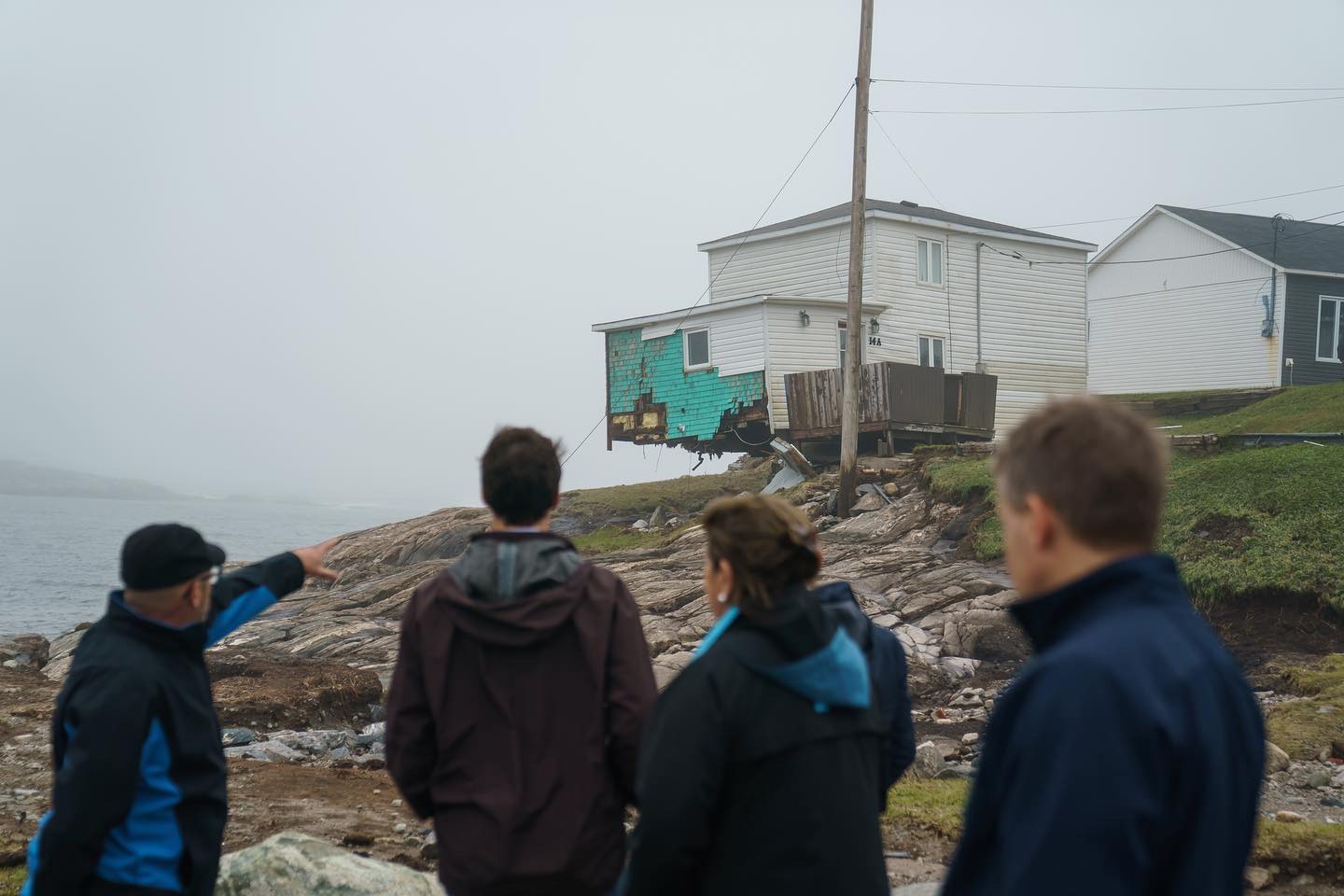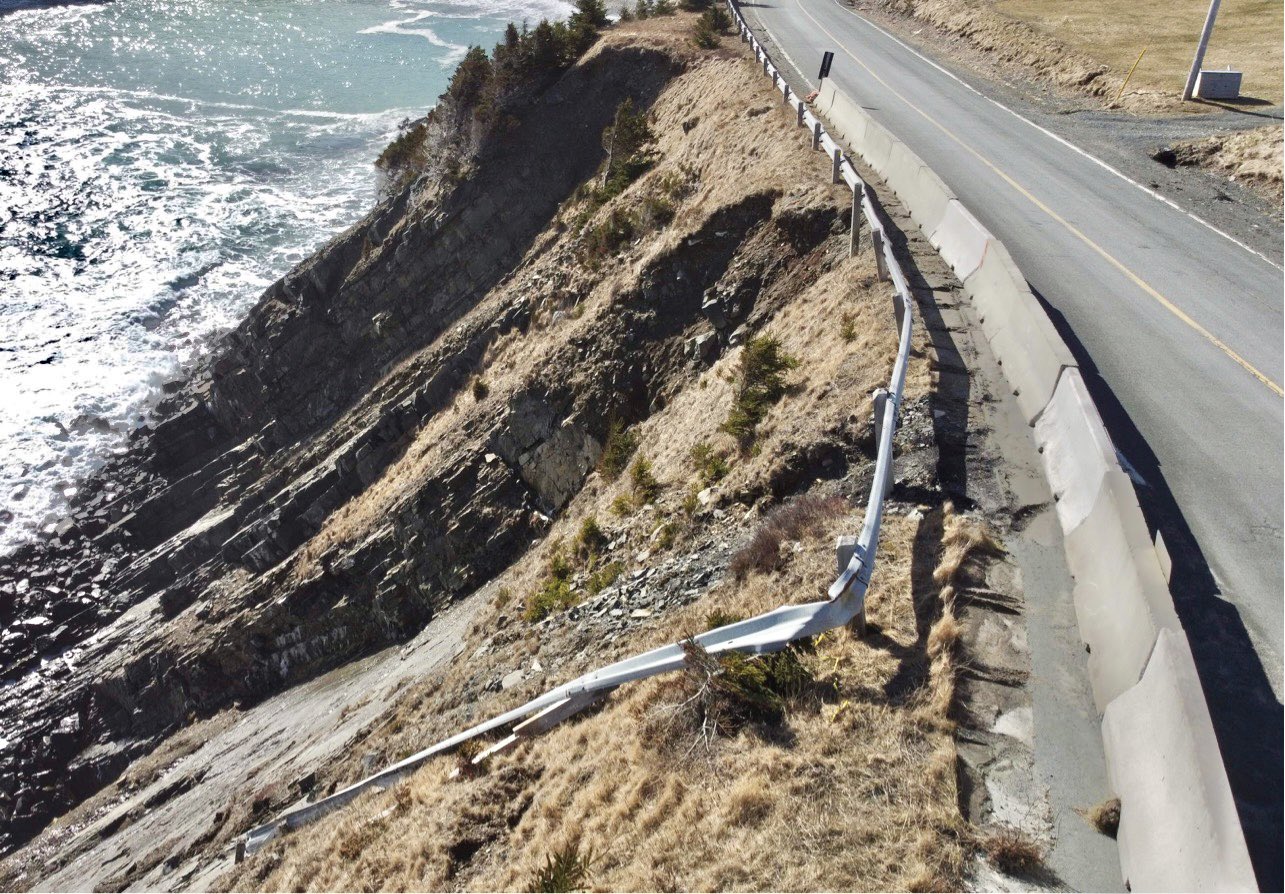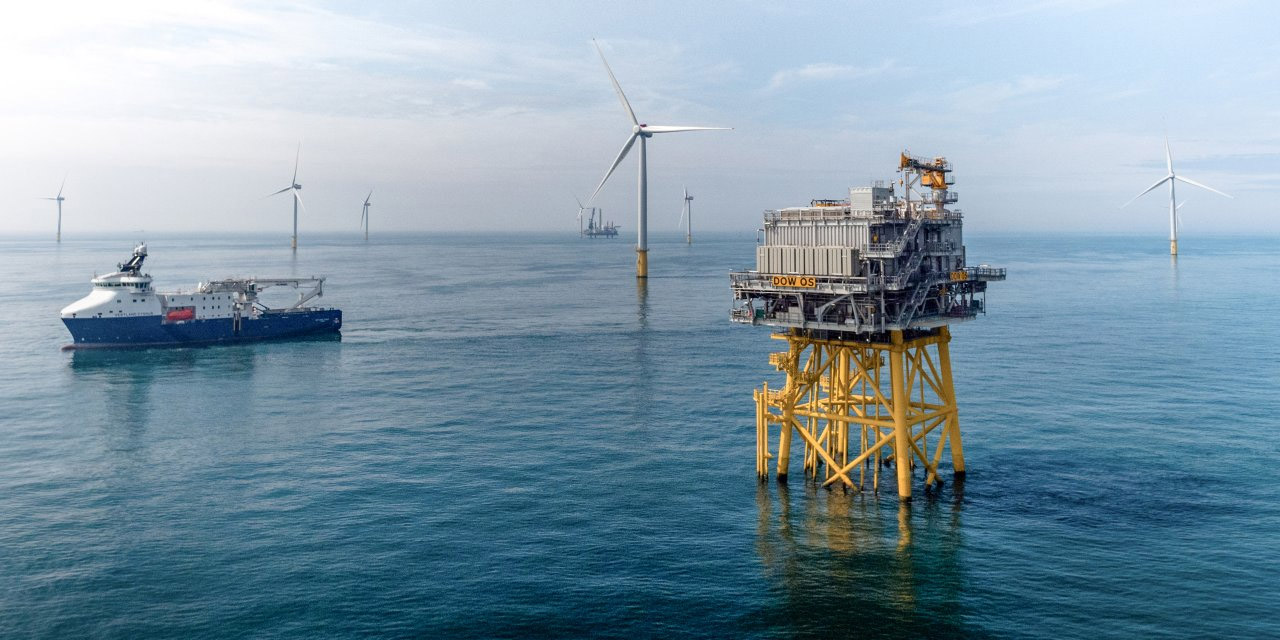This post is part of a series of articles to help create awareness of green economy challenges and opportunities in Newfoundland and Labrador
In late September 2022, residents of Channel-Port aux Basques experienced a storm like no other.
Fiona reached the town located at the extreme southwestern tip of Newfoundland as a post-tropical storm equivalent to a Category 2 Atlantic Hurricane. It lashed out against the coastal town with winds whipped up to 135 kilometers per hour and a storm surge that broke the record for the highest water level ever recorded in the area.

Family homes which had stood for generations were ripped from their foundations. The sheer force of the event left an indelible mark on the landscape and amidst the chaos, a sense of resilience emerged as communities came together to support each other through the turbulent times.
Fiona’s toll included widespread physical destruction to homes and businesses, and a community reeling with unimaginable loss. For those living in so many of the coastal communities in this province, the storm also leaves behind an uncertain future. With the world getting warmer due to climate change, they can likely expect more intense hurricanes to reach their shores. In other words, the storms that do hit are going to hit harder than ever before.

To protect against the impacts of powerful storms – whether through improved forecasting tools, stronger infrastructure, or government policy – coastal communities need to adapt to climate change impacts to safeguard themselves from the increasingly destructive forces of nature.
When it comes to predicting and preparing for hurricanes, understanding their ingredients is key.
Just like a cookie needs the right balance of sugar, flour, and butter to turn out perfectly, a hurricane needs certain conditions to form and strengthen.
- First and foremost, warm ocean water is essential, with a surface temperature of at least 26 degrees Celsius required. As the saying goes, “heat rises,” and it’s no different with hurricanes. The warmer the water, the more energy is available to fuel the storm.
- Next, there needs to be plenty of moisture in the air. This helps feed the storm and keeps it growing.
- Low wind shear is also crucial. This refers to the difference in wind speed and direction at different altitudes. If there is too much wind shear, it can disrupt the storm’s circulation and weaken it.
- Finally, there needs to be certain atmospheric conditions or a disturbance in place, such as a thunderstorm, for a hurricane to form. Without this initial spark, the storm won’t have anything to build upon. Imagine blending all these elements together, like the ingredients of a recipe, and what do you get? A hurricane, right? Well, not always. Even when all these factors align perfectly, the magic doesn’t guarantee that a hurricane will emerge every time. It’s like nature’s own unpredictable masterpiece!
Hurricane return periods tell us how often we can expect a hurricane of a certain strength to hit a particular area. For instance, a return period of 20 years for a major hurricane means that, historically, a Category 3 or higher hurricane has made landfall within 50 nautical miles of that location an average of five times in the past 100 years. Therefore, we could anticipate around five more of these severe storms to hit that area over the next century. In our new climate reality, we’re staring down the barrel of a future where these extreme weather events are becoming more frequent (unless we take drastic action to combat climate change) rather than generational events.
Trying to figure out how climate change will affect hurricanes might seem really hard. But with advanced global climate models, a deep understanding of how hurricanes work, and looking at past hurricane patterns, scientists are getting better at predicting these strong storms. Still, it’s important to remember that there’s some uncertainty, even though we’re making progress in how we study them. So, there’s hope, but we’re not completely certain yet.
Did you know:
Hurricane Fiona was the costliest extreme weather event ever recorded in Atlantic Canada, with an estimated $660 million in insured damages.
Catastrophe Indices and Quantification Inc. (CatIQ)
It takes a community
The community of Logy Bay-Middle Cove-Outer Cove (LBMCOC) is nestled on the northeastern coast of the Avalon Peninsula. Residents there are all too familiar with the mounting threats posed by a rise in the frequency and severity of fall and winter storms.
With the relative sea level rising on the Avalon peninsula, residents find themselves at the mercy of higher storm surges and increased wave action which cause coastal erosion. Heavier rains bring flooding, landslides, and impacts river water quality, posing a danger to public health.
In 2010, the town participated in the piloting of a climate change vulnerability assessment and adaptation planning workbook. Through a series of community discussions, residents and local leaders identified key climate-related issues affecting the town and mapped out areas that were particularly vulnerable to flooding.

The town council concluded that they needed to be proactive concerning the things they can control within their municipal boundaries by implementing adaptation options to reduce flood risks into the future. These included:
- Rezoning vulnerable areas in sensitive areas, like wetlands, and protecting waterways
- Lining ditches with rock and material designed to reduce the velocity of water flows
- Diverting flows from waterways that are more susceptible to damage from flood events (e.g., damming, storing overflow)
- Establishing more routine checks on existing culverts and bridges to keep the areas clear of debris and tree falls
- Strategies for communication in the event of a flood
Water Control: How to beat the flooding odds
When it comes to sewer backup and basement flooding due to extreme weather, homes are taking a beating. The good news is that this damage is largely preventable. That’s why local governments and private property owners must act now to turn the tide.
A comprehensive strategy which includes communication, local actions, and incentives for private property owners is key to reducing the risk of damage from sewer backup and basement flooding caused by extreme weather events.

Courtesy of FloodSmart Canada
Coastal towns in Newfoundland and Labrador can look to other communities across Canada for inspiration and best practices. Many have taken it upon themselves to solve this problem. They set a great example for the rest by taking important actions that reduce the risk of basement flooding like the installation of backwater valves, sump pumps, storm lateral replacement or lot grading.
Learn more here: https://bit.ly/3IKd1Lk
Interested in getting ready for floods? Dive into these helpful tools:
Newfoundland’s coastal communities were built to survive. These actions demonstrate the ingenuity and determination of the residents of LBMCOC in the face of a rapidly changing climate. With communities around the world facing similar challenges as sea levels continue to rise and storm events become more intense, it is time for government leaders and policy makers at all levels to take notice and take action. By addressing, and adapting to, the impacts of climate change today, our coastal towns and cities may continue to thrive in the face of adversity.
Acknowledgements and Resources
Written by Dave Lank with contributions from Sepehr Khosravi
National Oceanic and Atmospheric Administration (2023, January 20). How do hurricanes form? NOAA. https://oceanservice.noaa.gov/facts/how-hurricanes-form.html
Government of Newfoundland and Labrador (2012). Logy Bay – Middle Cove – Outer Cove Case Study. Climate Change Vulnerability Assessment by Policy and Planning Division of Department of Environment and Conservation.
Ward, N. Roberts, D (2022, September 24). ‘Total devastation’ as Port aux Basques declares state of emergency due to post-tropical storm Fiona. CBC. https://www.cbc.ca/news/canada/newfoundland-labrador/hurricane-fiona-nl-saturday-1.6594422
Insurance Bureau of Canada (2022, October 19). Hurricane Fiona causes $660 million in insured damage. IBC. https://www.ibc.ca/news-insights/news/hurricane-fiona-causes-660-million-in-insured-damage
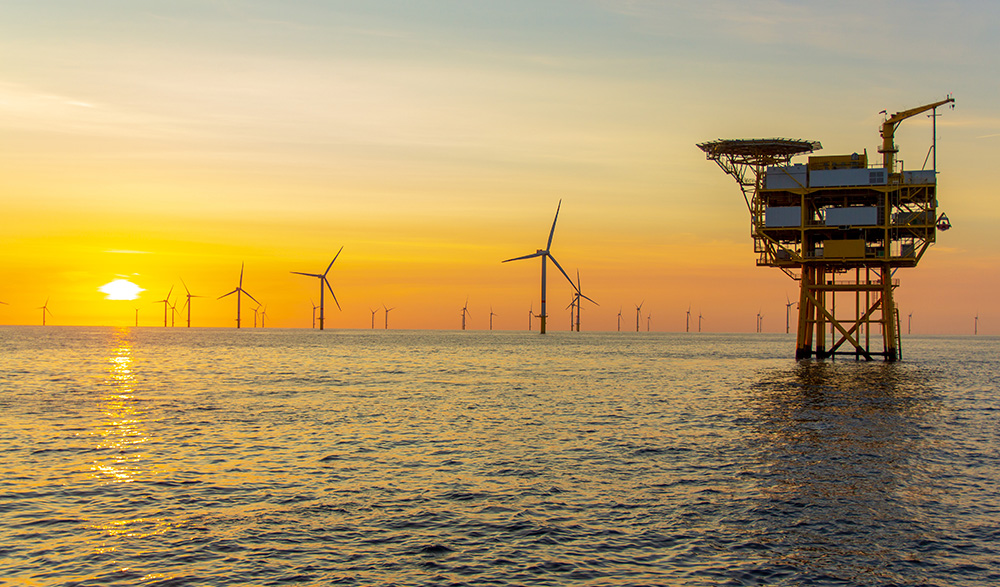



 On behalf of econext, I would like to wish our members and partners a Happy New Year.
On behalf of econext, I would like to wish our members and partners a Happy New Year.